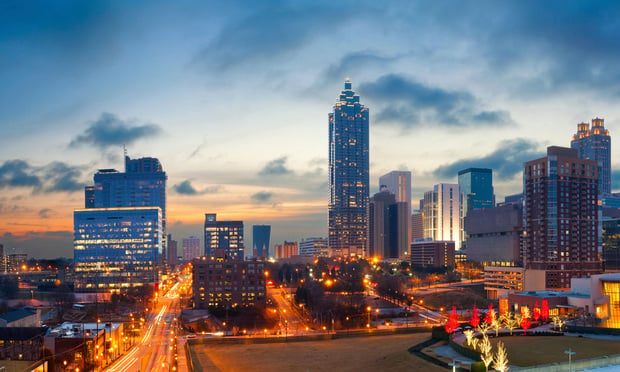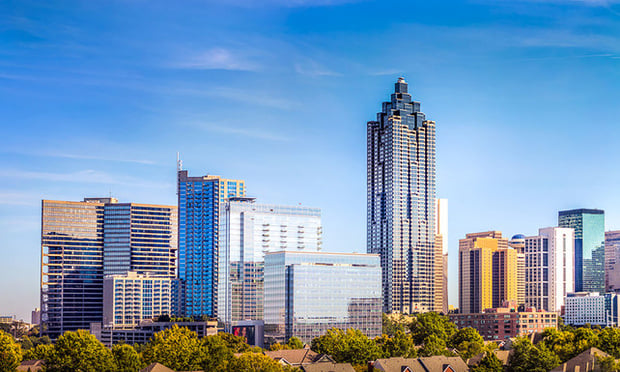(Read more on the industrial market.)
ATLANTA-The bonuses that can result from renovating dilapidated industrial buildings into corporate headquarters were detailed in a CoreNet Global Summit presentation here about Urban Outfitters' industrial move. The maneuver from Center City Philadelphia to an abandoned Navy Yard was seen by Dick Hayne, CEO, as compatible with the edgy retailer's brand and corporate culture.
Nevertheless, relocating employees from posh Rittenhouse Square to an abandoned industrial site four miles away, represented risk. Consultations with employees were integral to the move. Their first concern was food; the second transportation, since many walked to work.
Yet, the company's growth had dispersed them to five different office buildings, and the need for new space was critical. The retailer entered into negotiations for several conventional office locations, but rejected them. One reason why, Hayne said, "we weren't allowed to have dogs in the buildings, and we have a lot of people who bring dogs to work." The company he founded, which operates the Urban Outfitters, Anthropologie and Free People brands, "is based on creative talent," he said.
Eager to attract business to the Navy Yard, the Philadelphia Industrial Development Corp. struck a deal, and Urban Outfitters acquired 280,000 sf in six buildings for one dollar. Dave Ziel, Urban Outfitters' chief development officer, said the total capital investment was $112 million. The company obtained $19.2 million in tax credits for restoring historical structures and also was relieved of sales taxes until 2018, "which equates to a savings of $215 million," he said.
The oldest of the buildings dates back to 1874. All contained asbestos, and one had a 3.5-inch layer of mold, said Jeffrey Scherer, founding principal of the Minneapolis-based architectural firm of Meyer, Scherer & Rockcastle. He wanted to retain as much as possible of the buildings' original materials and character. "There were interesting traces here from every war; there were ghosts floating around in these buildings," he said.
As structures were remediated, elements and materials were removed to a warehouse and culled for potential re-use. A conference table was made from boiler parts. Doors were made from original timber. Stairways were restored and relocated. Since some of the buildings were constructed before electric lights, they had walls of windows, all of which were replaced with insulated glass, and one person re-puttied each pane, a job that took four months. Railway ties became walkways along the campus.
The project took 20 months on a fast track that operated seven days a week. Move in occurred in October 2006. In evaluating its success, Ziel said, "we focus on the soft metrics of human capital versus ROI. We lost just nine employees of 650 because of the move.
"Because of the creative collaboration that comes from all being on one campus with a common meeting place, we've cut the time from product design to market in half. Most important," he added, "recruitment time is down, and we're stealing the best creative people out there."
Want to continue reading?
Become a Free ALM Digital Reader.
Once you are an ALM Digital Member, you’ll receive:
- Breaking commercial real estate news and analysis, on-site and via our newsletters and custom alerts
- Educational webcasts, white papers, and ebooks from industry thought leaders
- Critical coverage of the property casualty insurance and financial advisory markets on our other ALM sites, PropertyCasualty360 and ThinkAdvisor
Already have an account? Sign In Now
*May exclude premium content© 2024 ALM Global, LLC, All Rights Reserved. Request academic re-use from www.copyright.com. All other uses, submit a request to [email protected]. For more information visit Asset & Logo Licensing.








